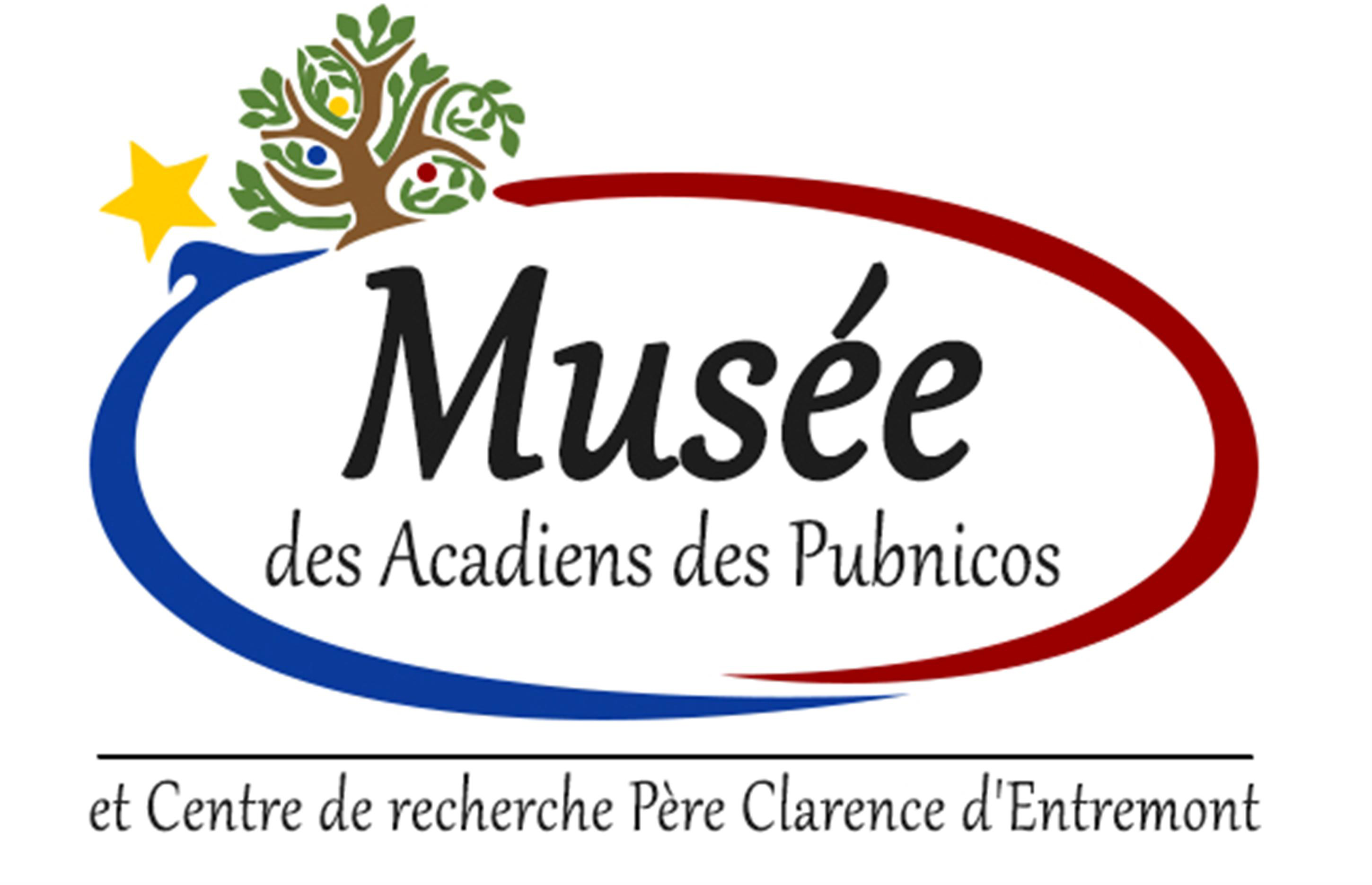Council of Nova Scotia Archives
Musée des Acadiens des Pubnicos et Centre de recherche
Unveiling of the monument constructed in the memory of the founder of Pubnico during its Tercentenary Celebrations
Photo of the monument erected in West Pubnico in 1951, in memory of Sieur Philippe d’Entremont, founder of Pubnico.
In 1651, Charles de La Tour, a nobleman from France, came to Canada as governor of what was then called the “land of Acadie” and brought with him a gentleman by the name of Sieur Philippe Mius d’Entremont, to serve as his major-general. In 1653, Governor de La Tour granted a tract of land to Philippe d’Entremont, running from the eastern side of Pubnico Harbour towards Barrington Passage, which became known as the "Barony of Pombcoup" and thus Monsieur d’Entremont became a baron. The barony had its headquarters in East Pubnico, with its château or manor, chapel, and glebe house. It did not develop very quickly, but by the year 1748 it is said that there were at least 15 families living in Pubnico itself. With time, other families besides the d’Entremont’s came to settle in Pubnico, or more specifically in the Barrington area. These included the Amirault’s, the Landry’s, the Belliveau’s, the Clermont’s, and some members of the Mius family.
All of these families were expelled from their lands between 1756 and 1759, those from Pubnico did not go any farther than Massachusetts. Ten years later, in 1766, some of these people exiled to Massachusetts went to work and built themselves a schooner in which they were able to sail back to Pubnico. These included Charles Amirault and his family; Charles Belliveau and his family, as well as his son Charles and his family; the widow Marguerite d’Entremont, wife of Jacques II d’Entremont who had died in exile, and her children; and Abel Duon and his family. All of them received grants from the then Governor of Nova Scotia, one in 1771, one in 1784, the original documents are currently kept in our own museum. The Amirault’s and the Belliveau’s settled on the eastern side of the harbour, the d’Entremont’s and the Duon’s (the d’Eon’s of today) on the western side.
Most of the French-sepaking people now living in West and East Pubnico are descendants of these founding families. The population of West Pubnico is currently about eighteen hundred. Fishing has always been the main industry.
Date: 21 August 1951
Reference: Musée des Acadiens des Pubnicos 2005.50-P4
For more information, please contact the Musée des Acadiens des Pubnicos.


